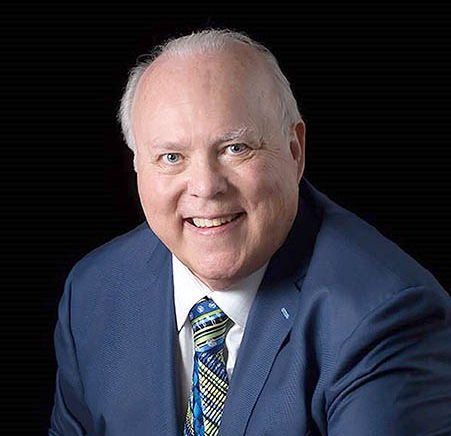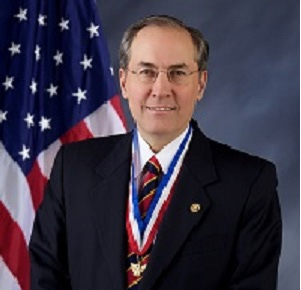Getting to and from Scouting events is a risk for all participants and can lead to severe and even fatal accidents that impact the Scouting family. Please use the framework below in addition to the SAFE Transportation Checklist and Pre-Trip Inspection for all transportation to and from Scouting activities. The Scouter Code of Conduct includes: When transporting Scouts, I will obey all laws, comply with Youth Protection guidelines, and follow safe driving practices.
General guidelines are as follows:
- It is essential to have safe and responsible transportation for all Scouting activities.
- When possible, use public carriers—for example, trains, buses, and commercial airlines for group travel.
- Drivers are expected to follow all applicable traffic laws and not drive if impaired or distracted—for example texting, while driving.
- All drivers must have a valid driver’s license that has not been suspended or revoked, including a Commercial Driver’s License (CDL) when required.
- Youth drivers are prohibited. Must be 18 years of age or older.
- Must meet Scouting’s Barriers to Abuse Supervision requirements, including two-deep leadership and no one-on-one during transportation. See this FAQ.
- Driving time is limited to a maximum of 10 hours in one 24-hour period, regardless of drivers available. Frequent breaks are required, including rest, food, and recreation. Do not drive when distracted or drowsy.
- The use of private aviation for transportation is prohibited.
- Motor vehicles used to transport Scouts must complete Pre-Trip Transportation Inspection before travel. This includes correcting all deficiencies.
- All occupants must wear factory-installed seatbelts. This includes the use of appropriate car seats for youth.
- Transportation of passengers in a pickup or truck bed, recreational camper or towed trailer is prohibited. See limited exception for parade and hayrides.
- The use of 15-passenger vans manufactured before 2005 is prohibited.
- All vehicles must be covered by automobile liability insurance with limits that meet or exceed the requirements of the state in which the vehicle is licensed. It is recommended, however, that coverage limits are at least $100,000 combined single limit. Any vehicle designed to carry ten or more passengers should have limit of $1,000,000. For insurance information refer to the Insurance section in the Guide to Safe Scouting.
- When towing the tow vehicle driver has the knowledge, skills, and abilities to operate the vehicle with the attached unit.
- Except for council-run ATV programs, All Terrain Vehicles (ATV), Golf Carts, Light Transport Vehicles (LTV’s), Utility Transport Vehicles (UTVs), and side-by-sides are banned from program use. This prohibition includes their use at the unit level. NCAP Standard FA-711 provides a standard by which councils and camps may use this equipment.




